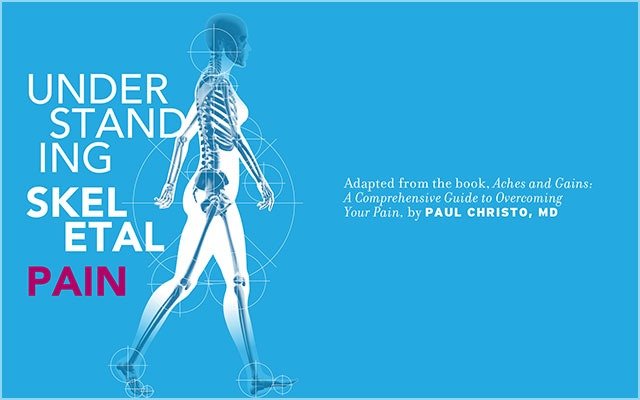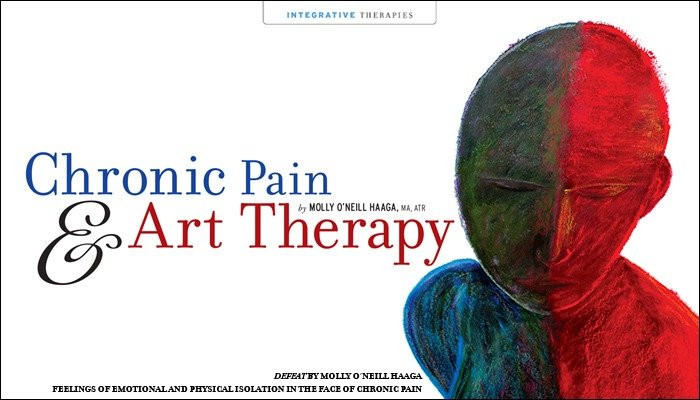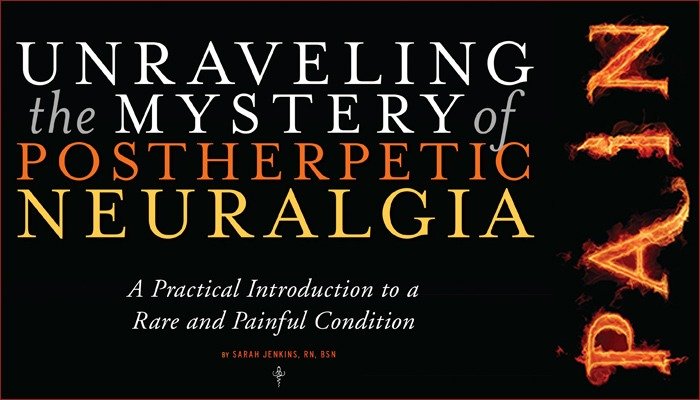Understanding Skeletal Pain

We tend to think of our bones as hard and static, but bone is one of the most dynamic organs in the body. When our skeleton is functioing properly, it is very metabolically active and serves as a reservoir of minerals and growth factors that the body can draw upon in times of need including after injury, breaking a bone, after exercise, or during pregnancy.
Bone is made of three main layers. The periosteum is the outer membranous layer that provides blood flow to the bone. The cortical (calcified) bone is the hard part of the skeleton that supports the muscles and the rest of the body. Finally, the bone marrow is deep inside the bone; it produces all the red and white blood cells and platelets that circulate throughout the blood vessels.
AGING AND BONE HEALTH
The stem cells inside bone marrow are constantly removing old bone and replacing it with new. This process is called remodeling. Healthy bone actually regenerates faster than cartilaginous structures such as joints, ligaments, and tendons. That is why a small bone fracture may heal faster than a severe sprain, especially in younger patients. As we age, this repair process slows down, leading to aches and pains. In fibrous dysplasia the bone remodels itself incorrectly, producing a “woven” pattern, leaving the bone weak and vulnerable to fracture.
Before age 40, it takes our bodies about seven years to completely replace our entire skeleton. But as we age, our bodies take longer to break down old bone and replace it with new bone. We also experience an increase in our production of sclerostin, a protein that inhibits bone growth. Most of the skeletal pain associated with aging is likely due to wear and tear on the joints (osteoarthritis), microfractures which don’t show up on X-rays, or just the pulling of tendons, ligaments, or muscles that attach to the periosteum.
CAUSES OF SKELETAL PAIN
Bone pain is felt more deeply in the body than almost any other pain, and it’s often difficult for patients to pin-point its location. Bone pain is also one of the most common reasons for doctor visits. Bone pain arises from common conditions such as osteoarthritis. (Patients and doctors consider osteoarthritic pain to come from the joints, but we don’t really know if the pain of osteoarthritis originates in the joint itself or in the underlying bone.) Bone pain can also be caused by some viral infections, diseases such as sickle cell anemia, and more serious conditions, such as bone cancer.
For years, bone pain was not well understood on the cellular and molecular levels, but that is changing. Fortunately, our growing understanding of the mechanism of skeletal pain is opening up many new possibilities for treatment. Today, we believe that improperly healed fractures and the degeneration of cartilage in the joints probably cause the sprouting of new nerve fibers into areas where nerve fibers should not be. This is referred to as “sprouting.” (In fact, this same sprouting of nerve fibers into areas where they don’t belong is associated with other painful disorders including cancer, irritable bowel syndrome, and endometriosis.)
Cartilage is found in joints, ligaments, and tendons. Healthy cartilage has no nerve endings or blood vessels and thus functions very effectively as a shock absorber for our joints. When sprouting nerves invade weakened or damaged cartilage, these nerves send pain signals during normal joint movement. This accounts, for example, for the pain felt in a knee or hip with arthritis.
As joints deteriorate and pain continues, a process called central sensitization can occur. This means that nerves in the spinal cord and brain become hypersensitive. The pain-sensing nerves in the joint become more active as well. When bone is injured, immune and inflammatory cells in the joint release chemicals, such as prostaglandins, that sensitize the nerves in the joint. When we walk normally and put pressure on the affected joint, these sensitized nerves are then activated and produce pain.
Even very healthy individuals will almost certainly experience bone pain as they age. Perhaps the most important feature of healthy aging is maintaining the ability to move easily and stay active. Unfortunately, aging weakens the capacity of our skeletal system to remodel itself after wear and tear occurs, or after injury, often making exercise difficult or impossible. Researchers are striving to understand how our bones change with age, why we feel bone pain in the morning when we are 50 versus 25 years old, and how to develop therapies to help us remain active in life and age successfully.
NEUROPATHIC BONE PAIN TREATMENTS
The relatively new understanding of nerves growing where they don’t belong (known as sprouting) in response to injury has opened up many therapeutic possibilities. This sprouting is a triggered by nerve growth factor (NGF), a protein which—as the name indicates—stimulates nerve growth in bone and other tissues. Although NGF is critical to the survival of our nerves during our younger years (for children under five), as we age, NGF tends to sensitize our sensory nerves instead of protecting them. As a consequence, the normal motion of our bones or joints can be perceived by our bodies as painful. For example, as we age, we may experience hip pain following a gentle hike or short run thanks to the role of NGF. Scientists are working on medicines that can inhibit the production of NGF, which would prevent the painful sprouting of nerves into areas where they shouldn’t be.
Skeletal sensation occurs by two major types of nerve fibers known as A-delta and C-fibers. They are distinguished mainly by the speed with which they conduct sensation: A-deltas conduct faster and C-fibers slower. Sharp, stabbing pain is believed to be associated with the A-delta nerve fibers and dull, aching pain with the C-fibers. These nerves exist in other parts of the body as well, but they lie along the periosteum, mineralized bone, and the bone marrow in the skeleton. NGF binds to certain receptors located on these nerves, which then trigger pain in conditions like osteoarthritis (OA), fractures, and bone cancer. It turns out that 80% of the nerves that innervate (provide sensation to) the bone express NGF receptors, which is why researchers are studying drugs like tanezumab, which block the NGF pain pathway.
As a matter of fact, the drug tanezumab targets NGF and has shown great potential in clinical trials. Clinical trials have indicated that it reduces OA pain and low back pain by 40–50 percent. Some patients in these studies have needed to be told to slow down their activity level because they feel so much better. As of this writing, how-ever, tanezumab is still in development for cancer pain and osteoarthritis.
Neuropathic pain results from nerve injury and nerve sprouting. Both injury and sprouting occur in bone pain, and this type of pain can respond to other medicines we use for neuropathic pain like the tricyclic antidepressants (TCAs), selective serotonin reuptake inhibitors (SSRI), or the anticonvulsants such as gabapentin (Neurontin) and pregabalin (Lyrica).
GENERAL TREATMENTS FOR SKELETAL PAIN
Mild to moderate bone pain from arthritis, fractures, or cancer can be treated with nonsteroidal anti-inflammatory drugs (NSAIDs), such as ibuprofen (Mo-trin, Advil) or naproxen (Aleve). NSAIDs block the synthesis of prostaglandins so fewer of these molecules can sensitize nerves in the bone and joints. These medications are often very effective, but care should be taken with long-term use. Not only can NSAIDs cause problems for the stomach lining, blood pressure, and the kidneys, but they may also inhibit the remodeling of bone, which we need to heal properly. There are data from animal studies that demonstrate that NSAIDs slow the healing of fractures, but we aren’t sure how much this occurs in humans yet.
Steroids can also be very effective against bone pain, especially when it is caused by cancer, but as with any medication that suppresses the immune system, doctors must help patients balance the risks and benefits of long-term use. Occasionally, opioids can also provide bone pain relief, though the NSAIDs often are more effective. With opioids, some patients find a decrease in mental sharpness over time as well as the usual concerns about tolerance, misuse, and abuse. Still, some patients with bone pain have found that opioids allow them to live their lives more fully, especially if cancer is the source of pain.
Bone pain sufferers can find relief with integrative therapies such as acupuncture, Pilates, and meditation. Weight loss can be very helpful with bone pain, since it reduces the pressure on joints and bones. Take a look at your diet to ensure that you’re consuming enough calcium for proper bone growth as well.
BISPHOSPHONATES AND SKELETAL PAIN
For bone conditions such as fibrous dysplasia, and metastatic bone pain, a class of drugs called bisphosphonates (Boniva, Fosamax) can be very helpful. In a process called remodeling, stem cells inside bone marrow are constantly destroying old bone and replacing it with new. Bisphosphonates work by halting the body’s process of remodeling bone. Although bisphosphonates are very good at halting the destruction of old bone, they also halt the growth of new bone, which can be a problem, especially in younger patients.
The bisphosphonate Pamidronate can offer relief, particularly when pain is felt in the long bones or the ribs. Denosumab, a monoclonal antibody biologic therapy that acts like an extremely potent bisphosphonate virtually shuts down the cells that break down old bone. (Monoclonal antibodies are laboratory-made cells that attach to substances in the body and aid in treating diseases.) Denosumab is approved for the treatment of bone cancer, osteoporosis, and other disorders. Unfortunately, although it stops the destruction of old bone, denosumab is not able to promote the growth of new bone.
For patients with osteoporosis, bisphosphonates seem to be most effective when taken within the first two to three years of diagnosis. But, unfortunately, there are new concerns about their long-term use for any condition. This is because of rare but serious side effects that include osteonecrosis of the jaw, which is the painful and disfiguring death of bone cells in the jaw, due to lack of blood flow.
VERTEBROPLASTY, KYPHOPLASTY AND SKELETAL PAIN
For spinal bones that have collapsed due to cancer or osteoporosis, doctors can perform vertebroplasty or kyphoplasty, techniques that involve injecting bone cement into compressed bone. Both vertebroplasty and kyphoplasty help to stabilize bone and promote pain relief. Kyphoplasty uses an inflatable balloon that’s placed inside the bone to help re-expand it before the cement is injected. These procedures are usually performed on an outpatient basis with light sedation. Bone cement is injected into the broken bone by the physician under X-ray guidance to control pain and stabilize the spine. These minimally procedures can be quite effective with a low risk of complications. A large scientific review examining many patients with cancer-related fractures of the spine found significant and rapid pain reduction with both of these techniques.
NEW AND INNOVATIVE TREATMENTS FOR
SKELETAL PAIN
There are several exciting treatments for bone pain on the horizon, including gene therapy. However, getting the gene to the correct target area on the bone in need of repair is tough to do. Gene therapies will most likely need to center on influencing sclerostin, which is only found in the bone and therefore can’t be accessed by targeting other tissues. Sclerostin is a protein produced by osteocytes (bone cells) that blocks bone formation. Scientists are working on developing innovative biologic therapies that target inhibitors of bone formation, like sclerostin, in order to promote new bone growth even as we age. There is also mounting interest in the regenerative therapies, such as prolotherapy, for use in treating bone pain from chronic osteoarthritic conditions of the knee and finger, for example.
Tissue regeneration looks promising and may play a role in healing torn tendons or ligaments and replacing cartilage. For example, the most common injury to the knee is a tear of the meniscus, the shock absorber of the knee. This often leads to arthritis and knee pain. Many orthopedists remove damaged tissue using arthroscopy, but a better option may be innovative methods of re-growing and then replacing the torn meniscus. Doctors believe it’s more beneficial to save tissue rather than remove it, if possible, because the risk of arthritis may be reduced when there is more tissue present.
Many patients have received successful grafts of cartilage and tendon from other parts of the body to repair damaged joints, but this has the unfortunate consequence of weakening the part of the body from which the tissue was removed. Until recently, the only other option was to use human tissue from a tissue bank. Exciting new techniques include transplants from animal tissue—younger and stronger than human tissue—made possible by stripping away the carbohydrates that cause the human immune system to reject the tissue. Although animal tissue transplants are not routinely available in the United States, one recipient of an anterior cruciate ligament (ACL) transplant constructed from pig tissue won the Canadian Masters Downhill Ski Championship following this type of surgery.
Equally exciting is the potential of combining tenezamab to block pain with a drug to block sclerostin. In this case, we could reduce bone pain caused by NGF while building new bone by inhibiting sclerostin. This might allow us to limit the effects of joint and bone pain as we age.
Bones, joints, and muscles are often interconnected. A protein called myostatin inhibits muscle growth, and there are exciting clinical studies underway looking at drugs that will block myostatin and sclerostin in older adults with hip fractures and in those with multiple myeloma. This would open up the wonderful possibility of building muscle and bone in order to improve pain and function.
Learn more about SKELETAL PAIN by reading Dr. Paul Christo’s new book, Aches and Gains: A Comprehensive Guide to Overcoming Your Pain, available now at Amazon and Barnes & Noble.
PainPathways Magazine
PainPathways is the first, only and ultimate pain magazine. First published in spring 2008, PainPathways is the culmination of the vision of Richard L. Rauck, MD, to provide a shared resource for people living with and caring for others in pain. This quarterly resource not only provides in-depth information on current treatments, therapies and research studies but also connects people who live with pain, both personally and professionally.
View All By PainPathways






